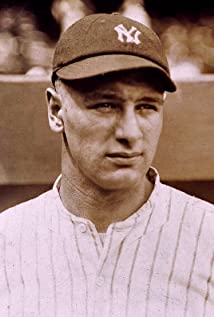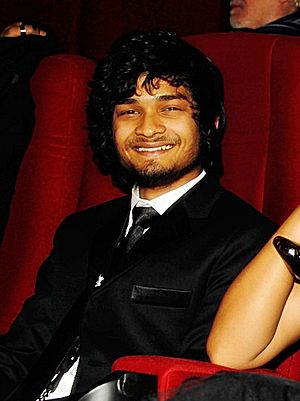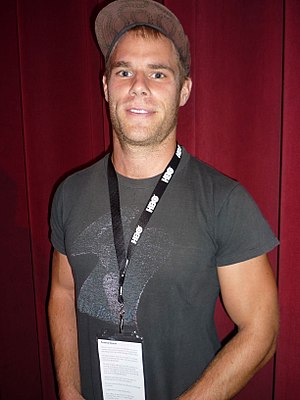Lou Gehrig
Popular As Ludwig Heinrich (most sources say Henry Louis) Gehrig (The Iron Horse, Larrupin' Lou, Biscuit Pants)
Birth Sign Gemini
Birthplace Yorkville, Manhattan, New York City, U.S.
DEATH DATE 1941-6-2, Riverdale, Bronx, New York City, U.S. (38 years old)
Nationality United States
Height 6′ 0″
#1717 Most Popular















